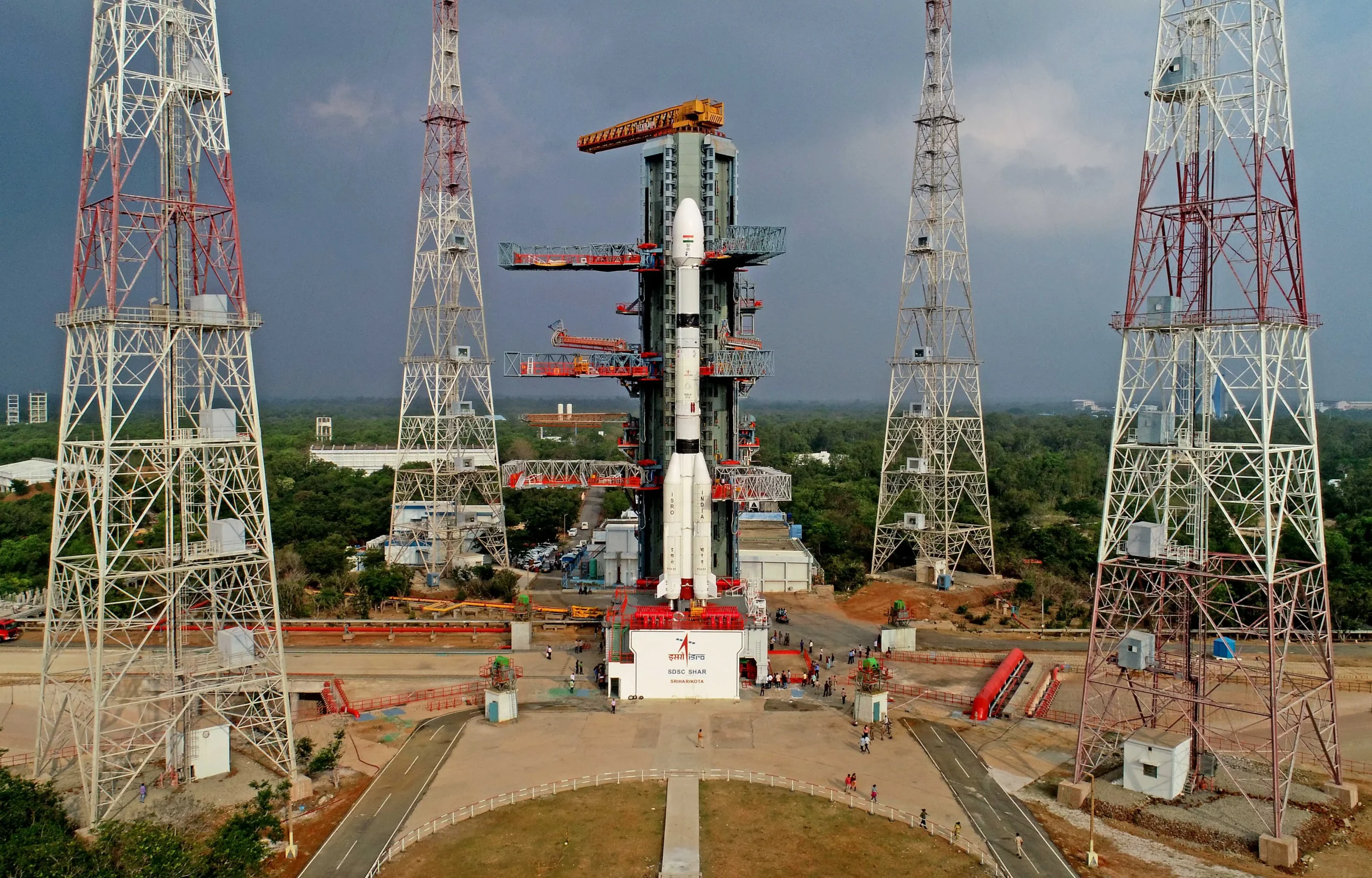Geosynchronous Satellite Launch Vehicle Mark II
India is gearing up for the launch of the NASA-ISRO Synthetic Aperture Radar (NISAR) satellite, scheduled for June 2025. This satellite will monitor critical changes on Earth, including deforestation and natural disasters, utilising advanced radar technology. It will be carried by GSLV Mk II rocket.
GSLV Mk II
The Geosynchronous Satellite Launch Vehicle Mark II (GSLV Mk II) is a fourth-generation launch vehicle developed by the Indian Space Research Organisation (ISRO). It was designed to place communication satellites into geostationary transfer orbits. The GSLV Mk II is notable for its cryogenic third stage, which enhances thrust and efficiency compared to previous models.
Cryogenic Technology
Cryogenic engines, using liquid hydrogen and liquid oxygen, provide greater thrust than traditional engines. Mastery of this technology marks achievement for India, showcasing its scientific capabilities. The GSLV has demonstrated reliability since 2017, solidifying India’s position in the global space arena.
Stages of GSLV Mk II
The GSLV Mk II stands at 50.9 metres tall and consists of three stages.
First Stage:
- Uses solid fuel for liftoff.
- Supported by four liquid-fuel boosters.
- Provides the initial thrust to escape Earth’s gravity.
Second Stage (GS2):
- Very important for the transition phase of flight.
- Powered by the Vikas engine.
- Uses liquid propellants:
- UDMH (Unsymmetrical dimethylhydrazine) – fuel
- N₂O₄ (Nitrogen tetroxide) – oxidiser
- These are hypergolic (ignite on contact).
- Burns for about 150 seconds, gives precise, controllable thrust.
- Helps correct flight path during atmospheric travel.
- Unlike solid fuel, liquid fuel allows mid-flight adjustments.
Third Stage (GS3):
- Uses cryogenic propellants:
- Liquid Hydrogen (LH2)
- Liquid Oxygen (LOX)
- Burns for around 720 seconds (12 minutes).
- Provides the final push to place the satellite in its exact orbit.
- Indigenously developed, showing India’s self-reliance in advanced rocket tech.
Why GS2 Stage is Important?
- It sets the correct path and speed for the cryogenic third stage.
- If GS2 underperforms, GS3 can’t adjust orbit effectively.
- Example: In 2021, GSLV-F10 mission failed (EOS-03 satellite) due to cryogenic stage issues, but GS2’s role was also crucial.
- Emphasizes how all stages are interconnected in a rocket mission.
NISAR’s Mission Objectives
The NISAR satellite will operate in a sun-synchronous polar orbit at an altitude of 747 km. It will utilise L-band and S-band radars to provide high-resolution data every 12 days. This data will be vital for monitoring environmental changes and supporting disaster management efforts.
Month: Current Affairs - April, 2025
Category: Science & Technology Current Affairs







